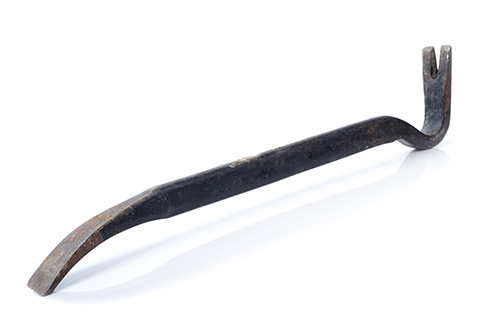EMC Question of the Week: October 26, 2020

Which of the following transient protection components is a "crowbar" device (so called, because it acts like a short circuit when the voltage across its terminals exceeds the threshold)?
- TVS diode
- varistor
- capacitor
- gas discharge tube
Answer
The correct answer is "d". When the voltage across a gas discharge device exceeds the rated value, an arc forms that effectively shorts the terminals together. This is effectively like shorting the two terminals with a crowbar or other good conductor. Since either the current through the device or the voltage across the device are always near zero, the power dissipated in a crowbar device (e.g. a gas discharge tube or a thyristor) is relatively low.
By contrast, voltage-limiting devices like TVS diodes and varistors respond to an overvoltage by conducting just enough current to hold the voltage across the terminals to the rated voltage. Voltage-limiting devices generally respond to transients more quickly, but they dissipate more of the transient energy internally as heat.
Crowbar devices are more likely to be used as primary transient protection to divert the currents in high-energy transients (e.g. lightning or EMP-induced transients). Voltage limiting devices are generally used to protect against fast lower-energy transients. Capacitors can provide some protection against low-energy transients by filtering the highest-frequency components of the current, but they should not be used in situations where the transient voltage is likely to exceed the rated voltage of the capacitor.
Have a comment or question regarding this solution? We'd like to hear from you. Email us at
